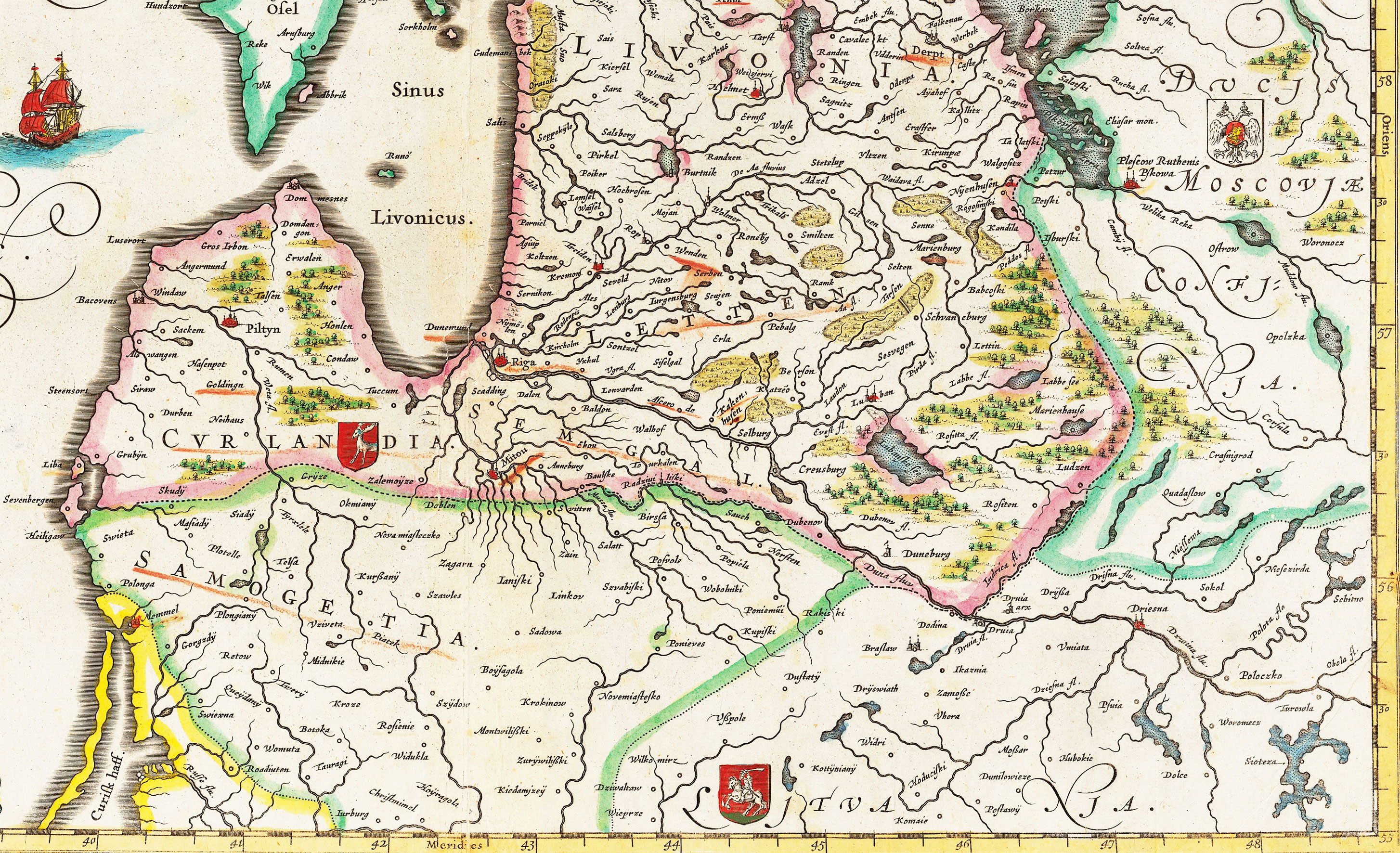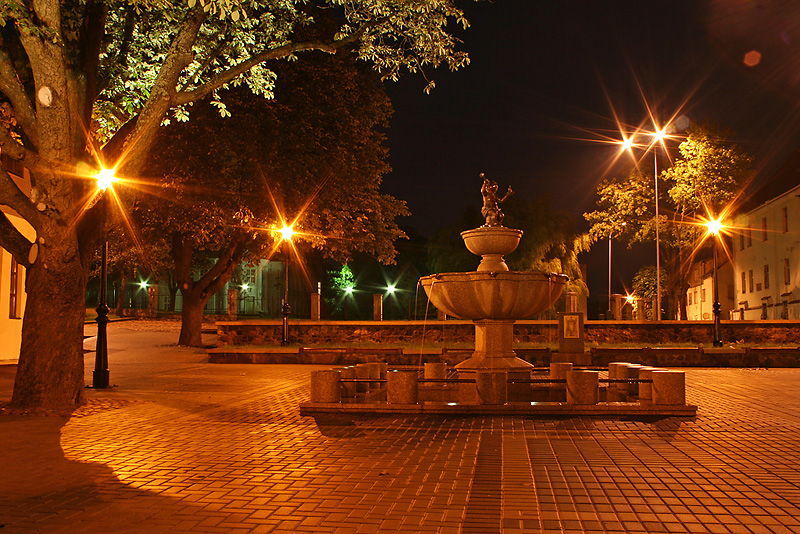|
Virvytė
The Virvytė River or Virvyčia River ( Samogitian: ''Virvītė'') is a river in Samogitia (Šilalė, Telšiai and Mažeikiai districts), northwestern Lithuania. It is a left tributary of the Venta River. Virvytė begins in Žemaičiai Highlands, 3 km north from Laukuva Laukuva ( Samogitian: ''Laukova'') is a town in Šilalė district municipality, Tauragė County, Lithuania Lithuania (; lt, Lietuva ), officially the Republic of Lithuania ( lt, Lietuvos Respublika, links=no ), is a country in the Baltic ... town. It flows north passing Lakes Paršežeris and Lūkstas, Varniai city, Lake Biržulis, Tryškiai town. Virvytė flows into Venta near Gyvoliai village. Virvytė's main tributaries are Juodupis, Būgenis, Trimsėdis, Upyna, Tryškys. References Rivers of Lithuania Venta River basin {{Lithuania-river-stub ... [...More Info...] [...Related Items...] OR: [Wikipedia] [Google] [Baidu] |
Žemaičiai Highlands
Samogitians ( Samogitian: ''žemaitē'', lt, žemaičiai, lv, žemaiši) are an ethnographic group of Lithuanians of the Samogitia region, an ethnographic region of Lithuania. Many speak the Samogitian language, which in Lithuania is mostly considered a dialect of the Lithuanian language together with the Aukštaitian dialect. The Samogitian language differs the most from the standard Lithuanian language. Even though Samogitians are politically not considered to be an ethnic group, 2,169 people declared their ethnicity as Samogitian during the Lithuanian census of 2011, of whom 53.9% live in Telšiai County. The political recognition and cultural understanding of the Samogitian ethnicity has, however, changed drastically throughout the last few centuries as 448,022 people declared themselves Samogitians, not Lithuanians, in the 1897 Russian Empire census. History On 13 July 1260, the Samogitians decisively defeated the joint forces of the Teutonic Knights from Prussia an ... [...More Info...] [...Related Items...] OR: [Wikipedia] [Google] [Baidu] |
Venta River
The Venta (Latvian pronunciation , Lithuanian , , , Livonian ''Vǟnta joug'') is a river in north-western Lithuania and western Latvia. Its source is near Kuršėnai in the Lithuanian Šiauliai County. It flows into the Baltic Sea at Ventspils in Latvia. On the territory of Lithuania along the Venta are cities Užventis, Kuršėnai, Venta, Viekšniai and Mažeikiai. In Latvia, the cities of Kuldīga, Piltene and Ventspils are located on the Venta river. Venta has the widest waterfall in Europe — Venta Rapid. Basin system River has only one tributary longer than 100 km, the Abava. Other major tributaries include the Virvyčia (99.7 km) and the Varduva (96 km), which flows into the Venta at the Latvia–Lithuania border. Smaller tributaries include the Avižlys, which runs for 20 kilometers and flows into the Venta River and the 30 kilometre Uogys which joins the Venta less than 1 km upstream of the Avižlys at Akmenė district municipality, Šiaulia ... [...More Info...] [...Related Items...] OR: [Wikipedia] [Google] [Baidu] |
Lithuania
Lithuania (; lt, Lietuva ), officially the Republic of Lithuania ( lt, Lietuvos Respublika, links=no ), is a country in the Baltic region of Europe. It is one of three Baltic states and lies on the eastern shore of the Baltic Sea. Lithuania shares land borders with Latvia to the north, Belarus to the east and south, Poland to the south, and Russia to the southwest. It has a Maritime boundary, maritime border with Sweden to the west on the Baltic Sea. Lithuania covers an area of , with a population of 2.8 million. Its capital and largest city is Vilnius; other major cities are Kaunas and Klaipėda. Lithuanians belong to the ethno-linguistic group of the Balts and speak Lithuanian language, Lithuanian, one of only a few living Baltic languages. For millennia the southeastern shores of the Baltic Sea were inhabited by various Balts, Baltic tribes. In the 1230s, Lithuanian lands were united by Mindaugas, Monarchy of Lithuania, becoming king and founding the Kingdom of Lithuania ... [...More Info...] [...Related Items...] OR: [Wikipedia] [Google] [Baidu] |
Samogitian Language
Samogitian ( sgs, žemaitiu kalba, link=no or sometimes ', ''žemaitiu šnekta'' or '; lt, žemaičių tarmė, žemaičių kalba) is an Eastern Baltic language spoken mostly in Samogitia (in the western part of Lithuania). In Lithuania, it is mostly treated as a dialect of Lithuanian, but it is also considered as a separate language by some linguists inside and outside of Lithuania. Its recognition as a distinct language is increasing in recent years, and attempts have been made to standardize it. The Samogitian language should not be confused with the interdialect of the Lithuanian language as spoken in the Duchy of Samogitia before Lithuanian became a written language, which later developed into one of the two variants of written Lithuanian used in the Grand Duchy of Lithuania based on the so-called middle dialect of the Kėdainiai region. This was called the Samogitian (Žemaitian) language; the term "Lithuanian language" then referred to the other variant, which had bee ... [...More Info...] [...Related Items...] OR: [Wikipedia] [Google] [Baidu] |
Samogitia
Samogitia or Žemaitija ( Samogitian: ''Žemaitėjė''; see below for alternative and historical names) is one of the five cultural regions of Lithuania and formerly one of the two core administrative divisions of the Grand Duchy of Lithuania alongside Lithuania proper. Žemaitija is located in northwestern Lithuania. Its largest city is Šiauliai. Žemaitija has a long and distinct cultural history, reflected in the existence of the Samogitian language. Etymology and alternative names Ruthenian sources mentioned the region as жемотьская земля, ''Žemot'skaja zemlja''; this gave rise to its Polish form, , and probably to the Middle High German . In Latin texts, the name is usually written as etc. The area has long been known to its residents and to other Lithuanians exclusively as Žemaitija (the name Samogitia is no longer in use within Lithuania and has not been used for at least two centuries); Žemaitija means "lowlands" in Lithuanian. The region is also ... [...More Info...] [...Related Items...] OR: [Wikipedia] [Google] [Baidu] |
Šilalė District
Šilalė (, Samogitian: ''Šėlalė'', yi, שילעל ''Shilel'', pl, Szyłele) is a town in Western Lithuania, Samogitia, Tauragė County. It is located north of Tauragė. The River Lokysta flows through the town and there is a pond in the centre of the town. History The town is part of the Samogitian ethnographic region of Lithuania and was first mentioned in the sixteenth century. Its name derives from the generic word sila ("Pinewood") and Samogitian suffix ''-alė.'' In July 1941, 135 Jewish men from Šilalė were shot on a site in the Jewish cemetery. In September 1941, the Jewish women and children of Šilalė were shot in the Tūbinės forest. Around 1,300 Jews were massacred by an Einsatzgruppen of Germans and local Lithuanian collaborators. Population Ethnic composition 2011 - population of 5,492 people: * Lithuanian - 99.02% (5438); * Russian - 0.33% (18); * Other - 0.66% (36). 2001 - population of 6,281 people: * Lithuanian - 99.23% (6235); * Russian ... [...More Info...] [...Related Items...] OR: [Wikipedia] [Google] [Baidu] |
Telšiai District
Telšiai (; Samogitian: ''Telšē'') is a city in Lithuania with about 21,499 inhabitants. It is the capital of Telšiai County and Samogitia region, and it is located on the shores of Lake Mastis. Telšiai is one of the oldest cities in Lithuania, probably dating earlier than the 14th century. Between the 15th and 20th centuries, Telšiai became a district capital and between 1795 and 1802 it was included in the Vilnius Governorate. In 1873, Telšiai was transferred to the Kovno Governorate. Names The name Telšiai is a variant of the same Lithuanian language root (''-telš-'', ''-tilž-'') as Tilžė with the meaning connected to water. The name Telšiai or Telšē in Samogitian dialect of Lithuanian is derived from a verb ''telkšoti'' (literally, ''to be flooded with water'', ''to splash'', etc.). The name of Telšiai has been recorded in different forms and different languages throughout its history. Most of them are derived from ''Telšē'' in Samogitian dialect. Some ... [...More Info...] [...Related Items...] OR: [Wikipedia] [Google] [Baidu] |
Mažeikiai District
Mažeikiai (; Samogitian: ''Mažeikē''; lv, Mažeiķi) is a city in northwestern Lithuania, on the Venta River. It has a population of around 43,547, making it the eighth largest city in Lithuania. The city is the administrative center of Mažeikiai district municipality in Telšiai County. It is the largest city that does not have its own county. History Mažeikiai was first mentioned in written sources in 1335. A chronicler of the Livonian Order wrote about a campaign of the Order, during which the land of Duke Mažeika was devastated. The town started growing rapidly in 1869 when the Libau–Romny Railway connecting Vilnius and Liepāja was constructed. In 1893, the town had 13 shops and 5 alehouses. In 1894 an Eastern Orthodox church was built, and a synagogue had been founded several years earlier. In 1902 a Catholic church was established, followed by an Evangelical-Lutheran church in 1906. From 1899 to 1918 the town was called Muravyov. In 1919 Mažeikiai becam ... [...More Info...] [...Related Items...] OR: [Wikipedia] [Google] [Baidu] |
Laukuva
Laukuva ( Samogitian: ''Laukova'') is a town in Šilalė district municipality, Tauragė County, Lithuania Lithuania (; lt, Lietuva ), officially the Republic of Lithuania ( lt, Lietuvos Respublika, links=no ), is a country in the Baltic region of Europe. It is one of three Baltic states and lies on the eastern shore of the Baltic Sea. Lithuania .... According to the 2011 census, the town has a population of 832 people. References Towns in Lithuania Towns in Tauragė County {{TauragėCounty-geo-stub ... [...More Info...] [...Related Items...] OR: [Wikipedia] [Google] [Baidu] |
Varniai
Varniai (; Samogitian language, Samogitian: ''Varnē''; pl, Wornie) is a city in the Telšiai County, western Lithuania. In the Middle Ages the city was known as Medininkai (Samogitian language, Samogitian: ''Medėninkā''). It was established in the 14th century, on the bank of the Varnelė River, near an important Samogitian castle. It was the center of Samogitian Catholic church: after the baptism of Samogitia, the Samogitian Bishop resided in the town. Around 1414–1416 the first church was built, and c. 1464 the first cathedral. Varniai was the center of Samogitian episcopate until the middle of the 19th century, when authorities of the Russian Empire moved it to Kaunas. With support of Merkelis Giedraitis, Mikalojus Daukša translated and made ready for publication ''Catechism of Mikalojus Daukša, Katechizmas'', the first Lithuanian language book printed in the Grand Duchy of Lithuania, then part of the Polish–Lithuanian Commonwealth. It was also residence of Motiej ... [...More Info...] [...Related Items...] OR: [Wikipedia] [Google] [Baidu] |
Lake Biržulis
A lake is an area filled with water, localized in a basin, surrounded by land, and distinct from any river or other outlet that serves to feed or drain the lake. Lakes lie on land and are not part of the ocean, although, like the much larger oceans, they do form part of the Earth's water cycle. Lakes are distinct from lagoons, which are generally coastal parts of the ocean. Lakes are typically larger and deeper than ponds, which also lie on land, though there are no official or scientific definitions. Lakes can be contrasted with rivers or streams, which usually flow in a channel on land. Most lakes are fed and drained by rivers and streams. Natural lakes are generally found in mountainous areas, rift zones, and areas with ongoing glaciation. Other lakes are found in endorheic basins or along the courses of mature rivers, where a river channel has widened into a basin. Some parts of the world have many lakes formed by the chaotic drainage patterns left over from the ... [...More Info...] [...Related Items...] OR: [Wikipedia] [Google] [Baidu] |





